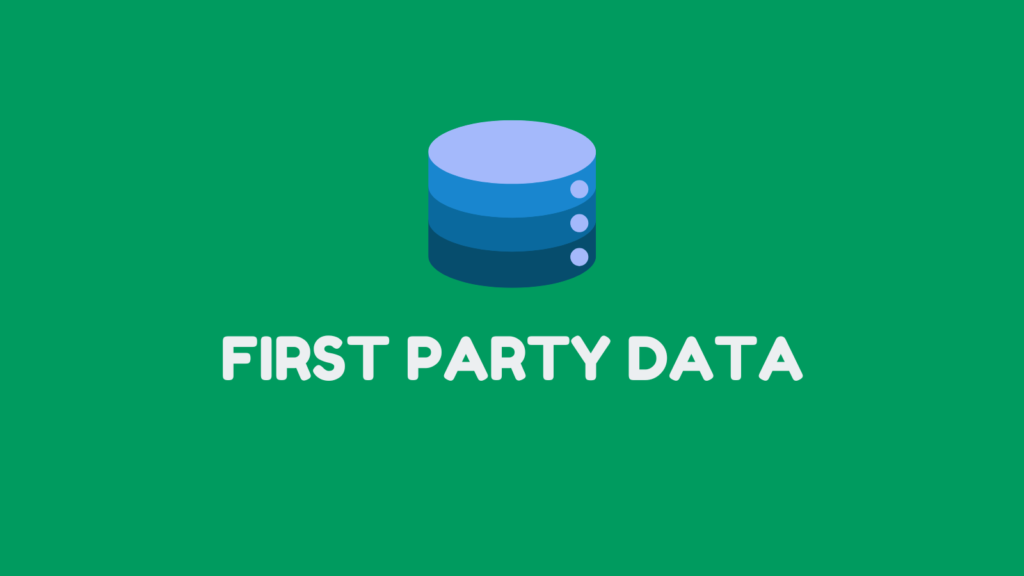Understanding the intricacies of data collection and utilization is paramount. Among the myriad data types, “First-Party Data” stands out as a cornerstone for businesses striving to gain deeper insights into user behavior and preferences. In this comprehensive guide, we’ll delve into the essence of First-Party Data, its significance in digital product analytics, and how it fuels informed decision-making for product optimization and beyond.
First and foremost, what exactly is First-Party Data? Simply put, it refers to the information collected directly from your audience or customers through interactions with your digital properties or platforms. This could encompass many data points, including website visits, app usage, purchase history, social media engagements, etc. Unlike third-party data acquired from external sources, First-Party Data is owned and controlled by the organization, offering unparalleled authenticity and reliability.
Within digital product analytics, First-Party Data is the lifeblood for understanding user behavior and preferences. By harnessing insights from user interactions with your products or services, businesses can gain invaluable knowledge to drive strategic decision-making. From identifying user engagement patterns to uncovering improvement areas, First-Party Data empowers organizations to optimize their digital offerings for enhanced user satisfaction and long-term success.
One of the key advantages of First-Party Data lies in its accuracy and relevance. Since it originates directly from user interactions, it genuinely reflects audience behavior, preferences, and interests. This granular level of insight enables businesses to precisely tailor their digital products and marketing strategies, ensuring maximum resonance with their target audience. By leveraging First-Party Data, organizations can create personalized experiences that resonate deeply with users, fostering stronger relationships and driving loyalty over time.
Moreover, First-Party Data plays a pivotal role in enhancing the effectiveness of product analytics initiatives. By integrating diverse datasets from various touchpoints, businesses can gain a holistic view of the customer journey, from initial interaction to conversion and beyond. This comprehensive understanding enables organizations to identify pain points, optimize user flows, and deliver seamless experiences across all touchpoints. Whether refining product features based on user feedback or fine-tuning marketing campaigns for better engagement, First-Party Data catalyzes data-driven innovation and continuous improvement.
In today’s data-driven landscape, the importance of First-Party Data cannot be overstated. As businesses strive to build deeper connections with their audience and stay ahead of the competition, harnessing the power of First-Party Data is essential. Organizations can unlock a wealth of insights to fuel their digital product analytics efforts and drive sustainable growth by prioritizing the collection, analysis, and utilization of First-Party Data.
Furthermore, the advent of privacy regulations and evolving consumer expectations underscores the significance of First-Party Data in ensuring compliance and fostering trust. With increasing scrutiny over data privacy and security, relying on First-Party Data allows businesses to maintain control over their data assets while upholding transparency and accountability. Organizations can build trust with their audience and safeguard their reputation in an increasingly scrutinized digital landscape by prioritizing ethical data practices and respecting user privacy preferences.
In conclusion, First-Party Data is not just a buzzword; it’s a cornerstone of effective digital product analytics. By tapping into the wealth of insights derived from user interactions, organizations can gain a competitive edge, drive innovation, and foster meaningful relationships with their audience. As businesses navigate the complexities of the digital landscape, embracing First-Party Data is essential for unlocking the full potential of their analytics initiatives and driving sustainable growth in the digital age.


